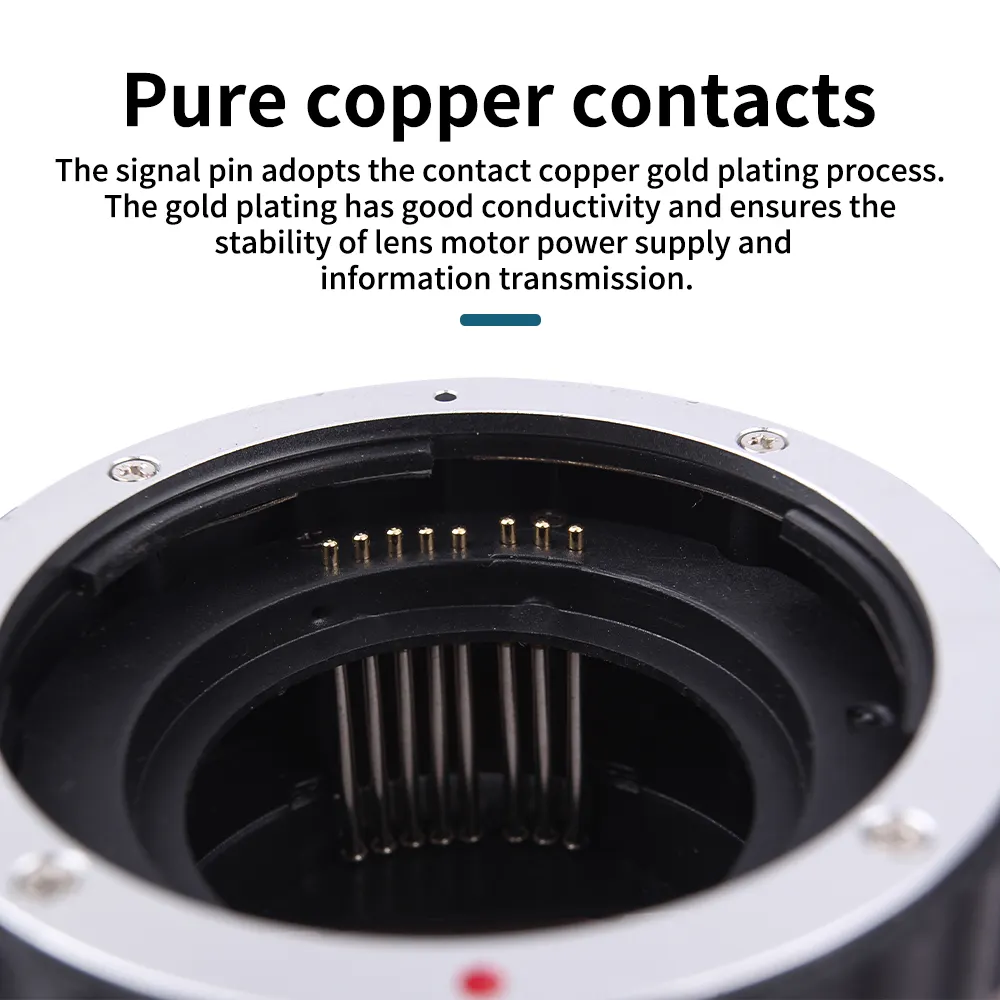

Time:2025-03-22 Views:1

The 1:1 magnification ratio in macro lenses is a significant feature that sets them apart for detailed close - up photography. When a macro lens is labeled as having a 1:1 magnification ratio, it means that the size of the image formed on the camera's sensor is exactly the same as the actual size of the subject being photographed.
To better understand this, consider an example. Suppose you are photographing a small coin that has a diameter of 2 centimeters. With a 1:1 macro lens, the image of the coin that is captured on the sensor will also have a diameter of 2 centimeters. This level of magnification allows photographers to reveal the tiniest details of the subject. In the case of the coin, you could capture the fine engravings on its surface, the texture of the metal, and even the smallest scratches or imperfections.
Achieving a 1:1 magnification ratio requires specific optical design elements in the macro lens. These lenses are designed to be able to focus at very close distances, often just a few centimeters from the subject. The lens elements are arranged in a way that they can project an image of the subject onto the sensor at the same scale. This is different from regular lenses, which typically produce images that are much smaller than the actual subject. For example, a standard 50mm lens used for general photography might have a magnification ratio of around 1:10 or even lower, meaning that a 2 - centimeter - wide subject would appear as a much smaller image on the sensor.
A 1:1 magnification ratio is particularly useful in fields such as macro photography of insects, where you want to show the true size and details of the tiny creatures. It is also great for photographing jewelry, where the intricate designs and gemstone details need to be captured accurately. However, working with a 1:1 macro lens requires precision. Since the depth of field at this magnification is extremely shallow, even a slight movement of the camera or subject can cause parts of the image to go out of focus.
Read recommendations:
wooden camera master top handle
ocean underwater photography equipment